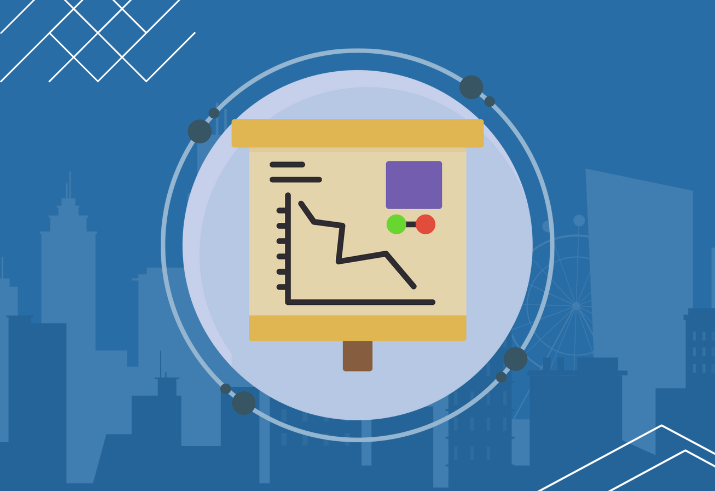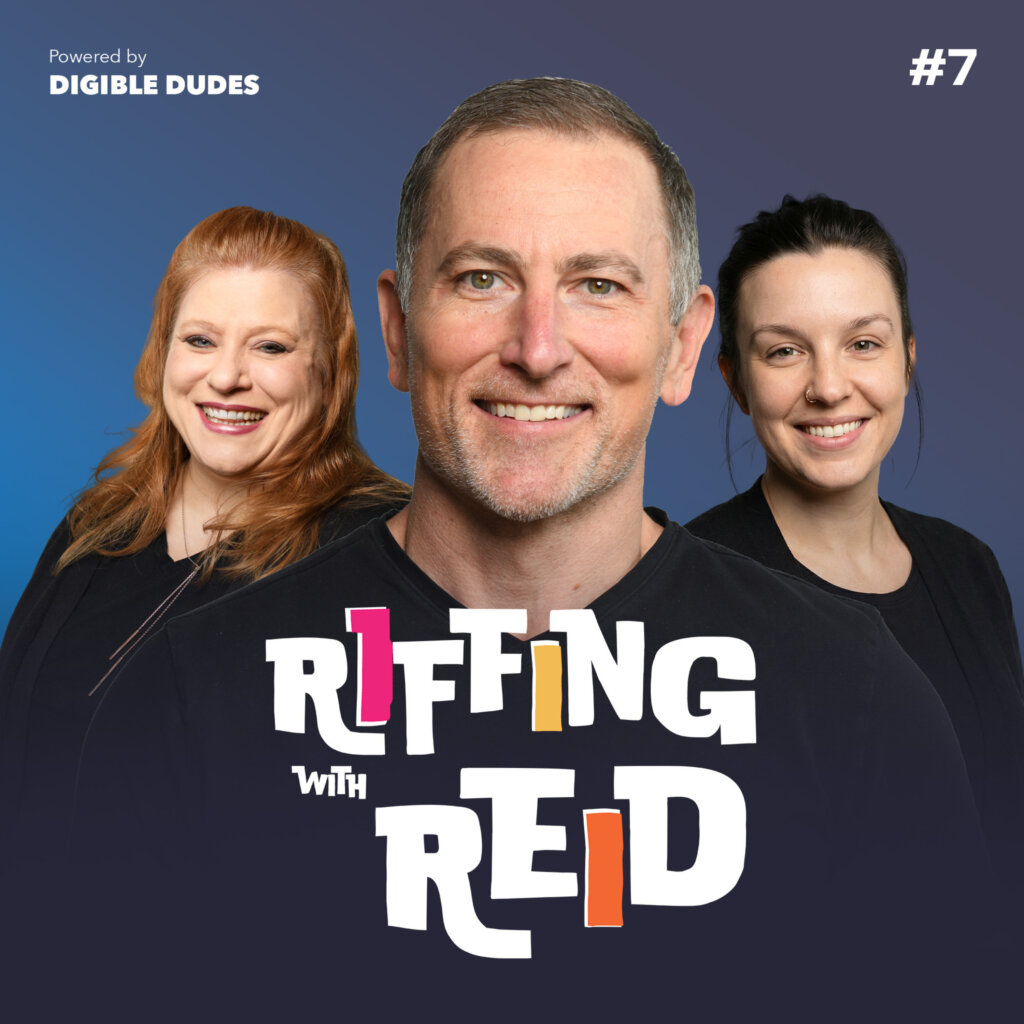Paid media is changing faster than ever, especially in the multifamily space. In a recent episode of Digible Dudes: Riffing with Reid, Melissa Morris, Paid Media Manager at Digible, shared her perspective on how AI, machine learning, and data-driven strategies are shaping the future of multifamily marketing, and why human strategy is still the most important piece.
AI Is Changing the Paid Media Game
“The Google Ad Suite I learned in grad school is entirely different from the Google Suite that exists now. It’s just so dynamic. It continues to change,” Melissa explained.
That change is largely due to the rise of AI-powered platforms like Performance Max (PMAX) and Demand Gen campaigns. These tools let marketers upload multiple ad formats (text, display, video), and Google automatically optimizes placements based on user behavior. But while AI is powerful, Melissa stressed that it’s not a replacement for human strategy:
“Make this machine learning work for me and work for my purpose, because that is the direction of paid media as a whole.”
AI can optimize placements, but it doesn’t know your property goals, regional nuances, or seasonal strategy. That’s where smart, hands-on management is essential.
Tips for Using AI in Multifamily Paid Media
- Use broad match keywords with a tight negative keyword strategy to avoid wasted spend.
- Feed first-party data into Google to make algorithms smarter.
- Monitor placements closely, especially in PMAX, to avoid showing up in low-quality inventory.
As Melissa put it, “The context that goes into how you’re optimizing and knowing the business, knowing the needs of your client and those goals, is so important. A machine can only do so much.”
Why Data & Attribution Matter More Than Ever
AI is only as good as the data it receives. Melissa emphasized that in multifamily paid media, data is the real power behind performance. “The more data you feed an algorithm, the better.”
That doesn’t just mean bigger budgets; it means smarter strategies. Melissa pointed to regional or portfolio-based paid media strategies, where multiple properties pool budget and audience data. This approach not only improves data volume but also strengthens machine learning outcomes and optimization opportunities.
Another area of growth is feeding offline data, like CRM or PMS leads and leases, into ad platforms. By optimizing campaigns based on real lead-to-lease outcomes, marketers can tie spend directly to business results.
Data-Driven Best Practices for Multifamily Paid Media
- Feed in first-party and offline data to inform smarter optimizations.
- Use data-driven attribution models instead of last-click to see the full-funnel impact.
- Evaluate campaigns based on real outcomes (like signed leases), not just platform metrics.
Melissa also cautioned against relying solely on platform reporting, “Google, Meta, and Bing all give themselves a lot of credit.”
That’s why a unified analytics strategy, with tools like GA4 or offline conversions, is essential to keep results consistent and reliable.
The Bottom Line
The future of multifamily paid media is a mix of AI innovation, robust data strategies, and sharp human oversight. AI tools and machine learning can deliver efficiencies and insights at scale, but without thoughtful inputs, strong attribution models, and experienced strategists, performance will fall flat.
Listen to the Full Conversation
This post is just a snapshot of our conversation with Melissa Morris on Digible Dudes: Riffing with Reid. To dive deeper into budget strategies, optimizations, and real-world paid media insights, catch the full episode on:
🎧 Spotify | 🎧 Apple Podcasts | ▶️ YouTube
Hit follow so you don’t miss future episodes that unpack the challenges and opportunities in multifamily marketing.









